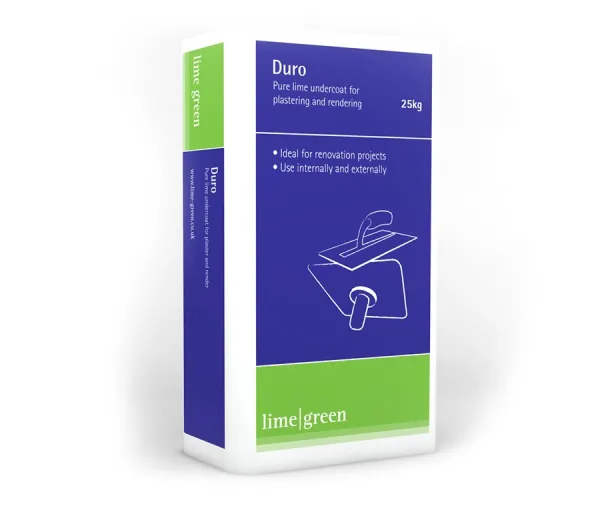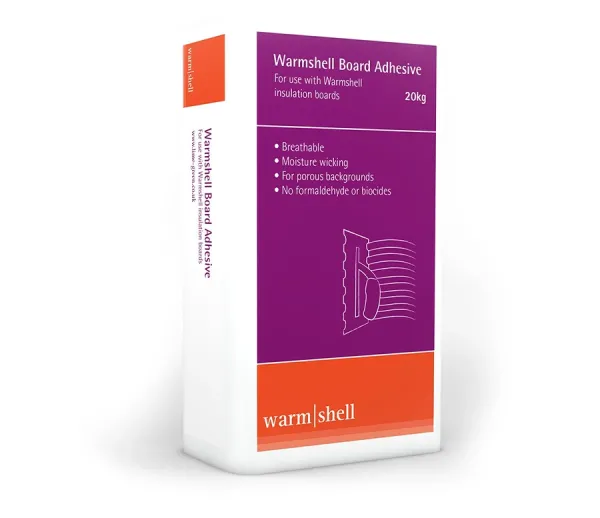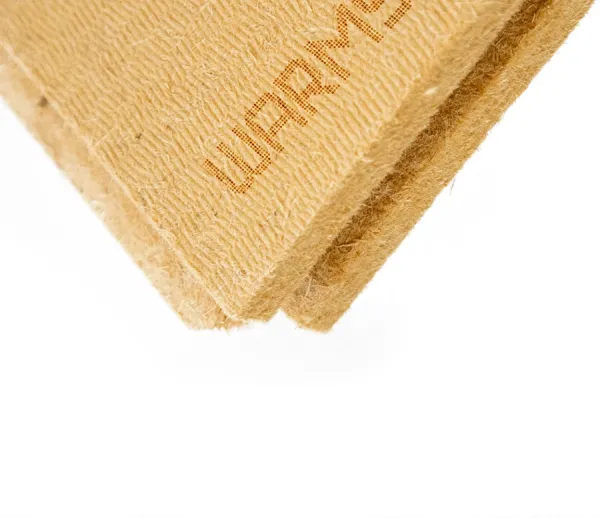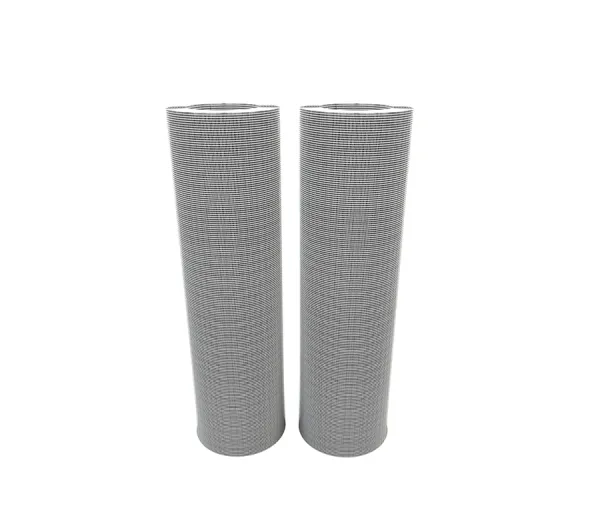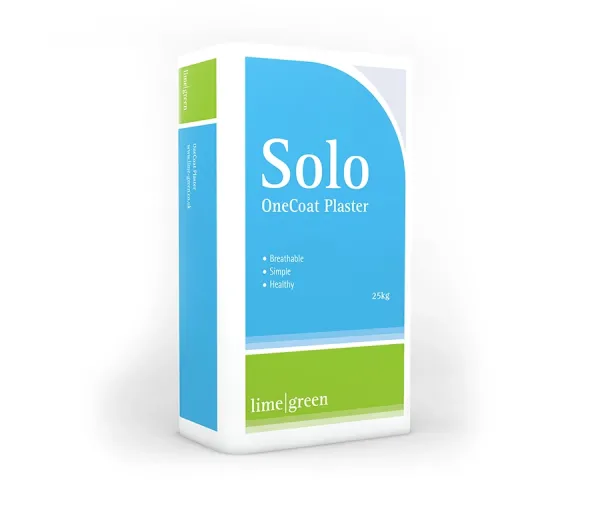
low carbon
Low carbon - locks-up 322kg of CO2
Not a registered yet? Create an account
Warmshell is a natural internal wall insulation system designed to improve the thermal performance of solid masonry walls from the inside. It uses breathable materials that lock up carbon, help regulate moisture and create a healthier indoor environment.
Low carbon - locks-up 322kg of CO2
No guess work – a system that works together
Tried, tested, certified and proven to perform
Breathable and moisture buffering
Warm in Winter, cooler in summer
Sound-absorbing - creating more peaceful spaces.
Lower your energy costs
This natural internal wall insulation system improves comfort and reduces heat loss by combining breathable woodfibre and lime.
With our breathable woodfibre insulation boards from just a few cm’s thick, the only thing you’ll lose are the high energy bills.
No more choosing individual component and hoping they work together, we’ve done the hard work and created a total system that’s tried, tested and designed to work together for maximum performance.
It comprises:
We've made Warmshell Internal as simple to understand and use as possible; from the Solo Onecoat Lime Plaster to a system materials warranty, we're here to help your project run smoothly.
Our system follows four simple steps:
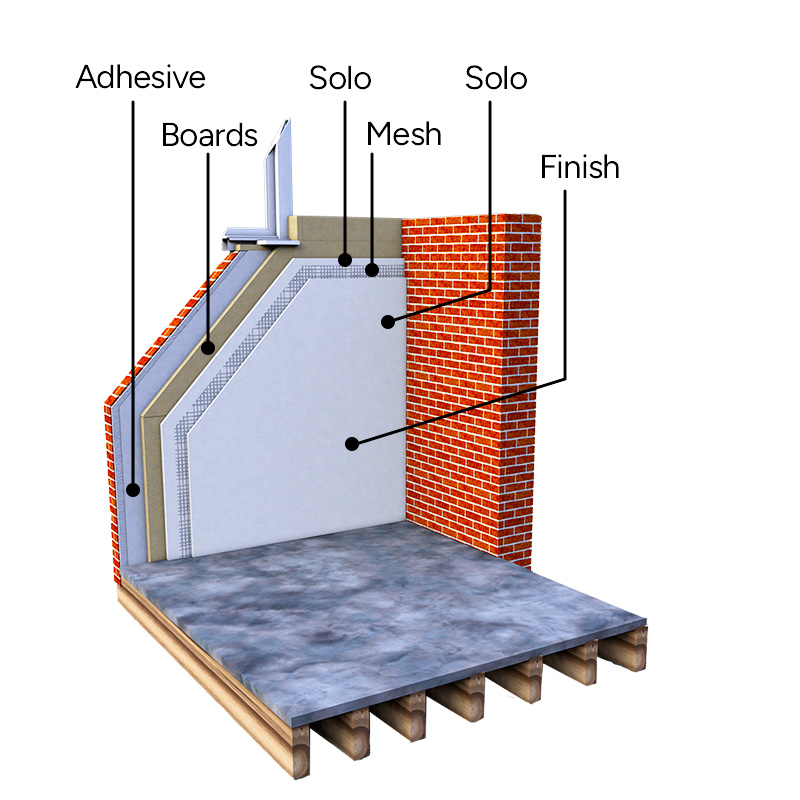
Because we use sustainably grown wood, Warmshell is a very low carbon method of retrofit.
Assess
Successfully insulating old walls from the inside with internal wall insulation requires careful assessment of your building, its location and the technical requirements before you start.
The first step is to have an understanding of how much energy you lose through your walls and how much you can realistically save. Remember, a U value is a crude way of measuring heat loss as it ignores thermal bridges like joists which will penetrate through the insulation, so this is just a starting point.
Making your walls more energy efficient may require you to comply with building regulations, click here for a very brief guide to some considerations in England and Wales - the regulations are broadly similar in Scotland and Northern Ireland.
Our checklist and guide helps you assess the project you have for the most important pitfalls; it should be used alongside relevant regulations and codes of practise to help you check the building before you start.
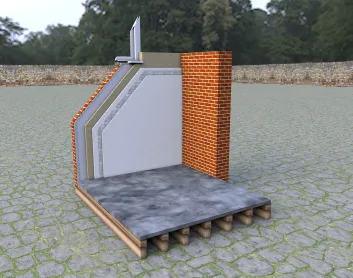
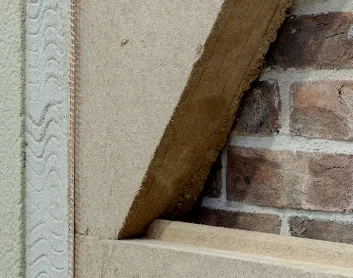
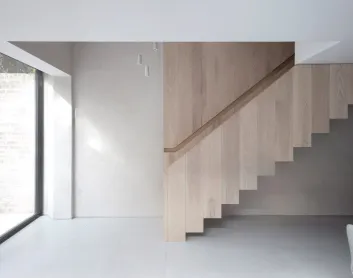
Design
Once you've assessed the building and the best way to insulate it internally, you can use Warmshell Internal's comprehensive information to design and specify the work in detail. Warmshell is the only Internal Wall Insulation (IWI) wood fibre system independently fire tested in the UK and achieves a classification of Class B, s1, d0.
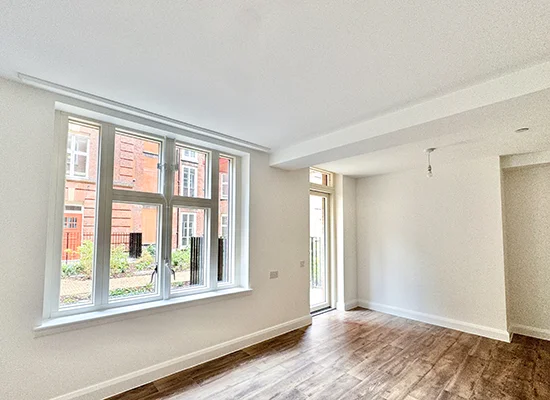
VERIFIED AND ASSESSED
When considering the suitability of which internal wall insulation type to use on a solid masonry wall, you don't just need to take our word for it. Warmshell Internal is independently assessed, verified and audited by KIWA.
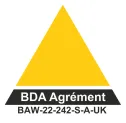
Save on heating and lock up Co2 at the same time; typically retrofit insulation systems will release large amounts of Co2 during manufacture, taking years to pay back in energy savings, Warmshell boards lock up Co2 for their lifetime.
Warmshell internal has been assessed as a full system scenario, covering the plaster, boards and adhesive,
NBS
Specifiers can find the system information for Warmshell Internal in NBS source, to make specification a simple process. Follow the NBS specification link below, or find more on our individual product pages.
Install
Warmshell Internal is fitted without a cavity or void.
This method helps ensure the natural insulation performs consistently and prevents moisture being trapped behind the system.
These gaps used in dry lining systems, or dot and dab, are a high-risk method which can cause damp or rot and allow cold air to circulate, whereas wet plastering with naturally antiseptic lime helps wick moisture away and keeps the wall draft-free.
There are 4 main layers to Warmshell Internal:
Products from the system
Together these components form a fully breathable natural insulation system for internal walls, designed to work as a complete, compatible build-up.
Breathe easy...
Once your project is nearly complete, we have the information you need. Warmshell is the only Internal Wall Insulation system with long term monitoring of its real world performance and the only wood fibre system with a materials warranty!
Download the Warmshell IWI 25 year materials warranty >

Supporting documents
Our maintenance guide covers the basics you need to know for keeping the system in good condition for the long term.
Download Warmshell maintenance guide >
Wood fibre boards lock up carbon during their manufacture, making them carbon negative. Not only will you reduce the emissions from your house, but Warmshell is much kinder on the environment during manufacture and disposal.
Download Environmental performance declaration >
As part of a wide-ranging study on retro-fit insulation, our plasters and woodfibre were studied in situ for 7 years by SPAB funded by Historic England, showing the wall dried out where plastic insulations did not:





